
The southern part of the Philippines is often regarded as a hidden gem. It’s rich not only in natural wonders but also in flavors that tell stories of its people. South Cotabato is one of these places—a peaceful haven in the heart of Mindanao that offers a culinary journey like no other.
From freshwater delicacies to heritage recipes passed down through generations, it’s a region where food isn’t just sustenance but a celebration of identity.
If you’re visiting South Cotabato, prepare your taste buds for an adventure in one of the most delicious ways to explore Filipino culture.
A culinary trip to South Cotabato
Where culture is embedded in cuisine
Food in South Cotabato is deeply inspired by its indigenous culture and indigenous peoples, such as the T’boli, Blaan, and Maguindanaon. Their culinary practices mirror a close relationship with the land, with recipes that honor both heritage and sustainability.
In arts and crafts the T’boli people are known for their T’nalak weaving. There’s an equivalent of that in their food tradition. Like their intricate textiles, their dishes are complex and deeply personal.
In this southern province, meals are respected. A large number of ingredients are often locally sourced, from native chickens raised in backyards to root crops and herbs gathered in nearby forests.
Dishes that define the Southern palate
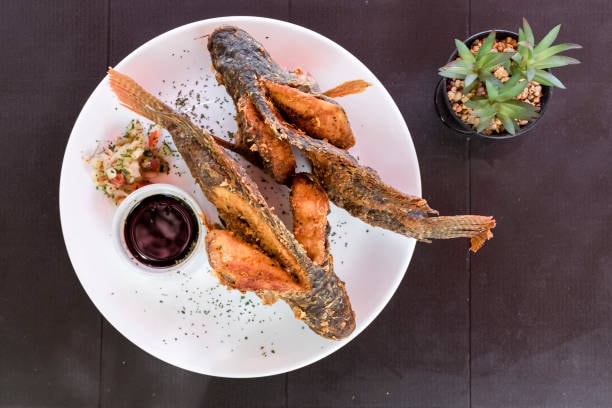
Native chicken adobo and tilapia
Let’s start with a Filipino staple, adobo. While most are familiar with most Filipino adobo style using soy sauce and vinegar, South Cotabato brings a unique twist to the table.
Native chicken adobo, prepared with slow-grown, free-range fowl has a firmer texture and more flavorful bite compared to commercially raised broiler chickens. The marinade often includes lemongrass, chili, and local herbs, which puts a twist on the ordinary adobo by incorporating the land’s bounty.
Another local star is tilapia, particularly those sourced from Lake Sebu. Locals know exactly how to prepare tilapia and other fish dishes in the most delicious ways: stuffed with spices and wrapped in banana leaves before being grilled to perfection or served crispy with coconut cream.
This dish does not only quell your hunger, but also introduces your palate to the freshwater richness of the region.
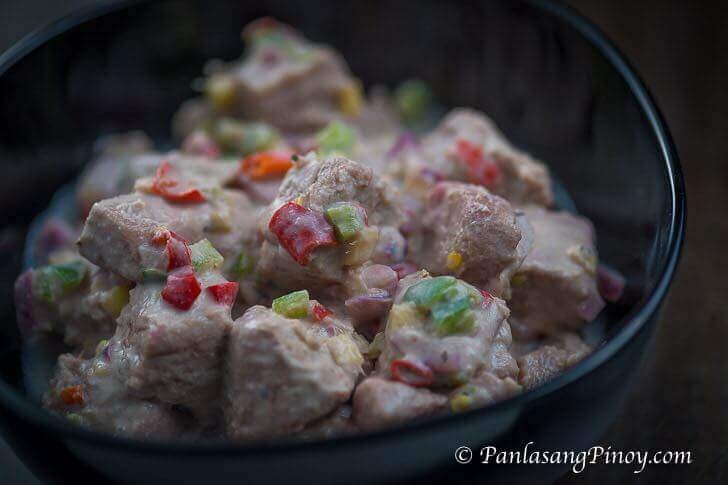
Image source: https://panlasangpinoy.com/kilawing-tuna-with-coconut-cream-filipino-fish-ceviche/
Cooking with coconut milk
In the southern part of the Philippines, coconut milk is a culinary signature. Found in stews, sauces, and desserts, it brings creamy depth to both meat and fish dishes.
Dishes like kinilaw sa gata (raw fish in coconut milk) or manok piaparan (chicken cooked in coconut, turmeric, and native spices) show how cooking here is all about balance between spice and comfort, tradition and innovation.
A flavorful journey through nearby towns and provinces

From Lake Sebu to Sultan Kudarat
Food adventures often follow a common path through towns and nearby provinces. In South Cotabato, it often leads to places like Sultan Kudarat. In Lake Sebu, aside from breathtaking lake views and rich cultural experiences, visitors are treated to specialties like sinanglay na tilapia and chicharong tilapia. Every stop offers a new flavor in Region XII.
Whether you’re passing through small towns or larger hubs, you’ll find that each community has its own delicacy ranging from sweet snacks wrapped in banana leaves to grilled meats glazed with native spices.

Image source: CC BY-SA 4.0, https://commons.wikimedia.org/w/index.php?curid=150134041
Snacks and street food
For quick bites, the snack culture here is lively and diverse. Try kakanin (rice cakes), pastil (rice wrapped in banana leaves with shredded meat), or deep-fried skewers from bustling night markets.
These humble yet satisfying meals are what most travelers remember (and miss) after their journey. It’s this casual, welcoming aspect of local food that makes South Cotabato’s culinary landscape so uniquely inviting.
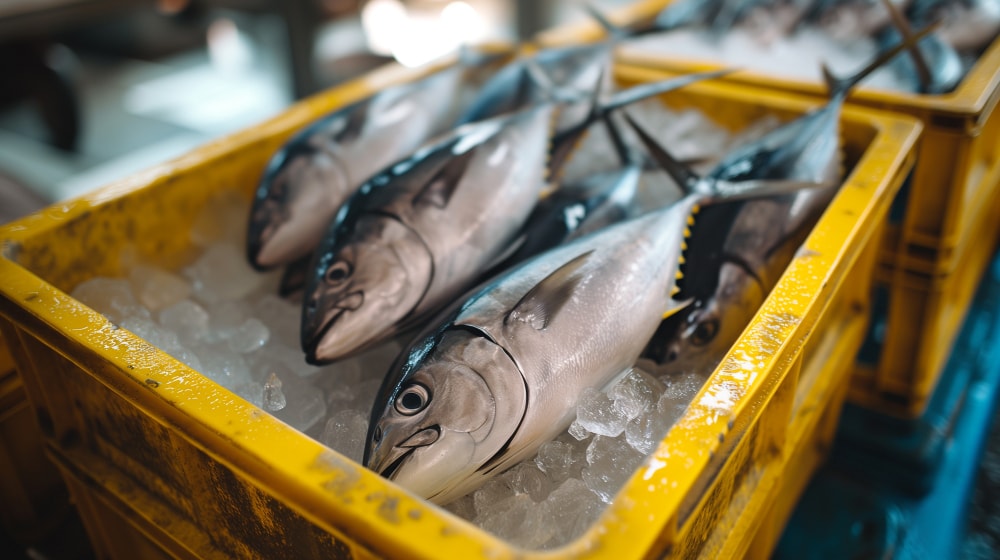
General Santos City: Tuna and beyond
While South Cotabato’s heart is rural, its cuisine enjoys the dynamism of highly urbanized cities like General Santos City. Often dubbed the “Tuna Capital of the Philippines,” this highly urbanized city famous for its seafood thrives on daily yellowfin tuna landings that make their way to both local grills and international markets.
General Santos, or GenSan, offers a contrast to the quiet countryside with restaurants that serve modern fusions and fresh sashimi alongside traditional dishes.
If you’re wondering what to eat in South Cotabato, a stop in GenSan for grilled tuna jaw (panga) or kinilaw (raw fish salad) is non-negotiable.
Culinary identity and natural wonders
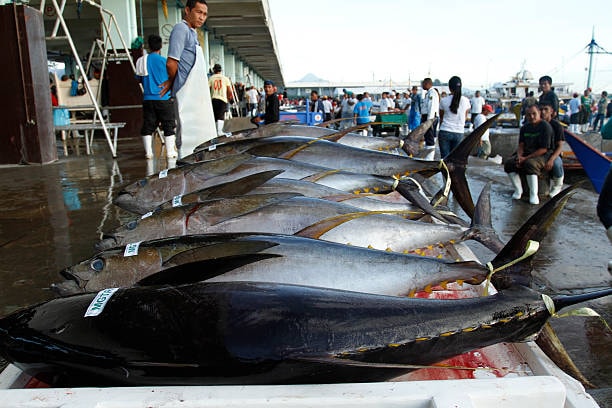
Where the Land Feeds the Table
In South Cotabato, the land is both kitchen and pantry. The connection between food and nature is strong, with ingredients often sourced directly from fields, lakes, or gardens.
These natural wonders, from the misty forests of Lake Holon to the waterfalls of Lake Sebu, don’t just offer sightseeing opportunities, but also feed the culture and diet of the people.
This deep respect for nature turns South Cotabato into a peaceful haven for those seeking harmony between environment and nourishment.
You can walk through the middle of a market or trek into the hills and find the region’s food feels genuinely covered by the blessings of the land.
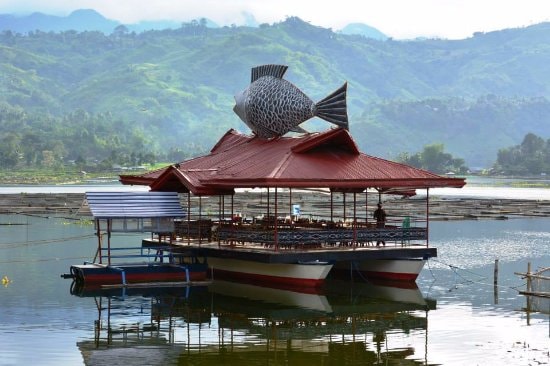
What makes a dish truly local in South Cotabato
Every dish here has a story. Some are family recipes passed down from grandmothers; others are town treasures only showcased during fiestas. But all carry the region’s distinct signature found in the subtle smokiness of a grilled fish, the tang of a vinegar-based dip, or the heat of native chili.
These culinary creations may not yet share the global spotlight with famous world class cuisines, but they hold their own in character and richness. Their famous status, for now, lives in the hearts of those lucky enough to taste them.

Enjoy the richness of South Cotabato with Camella
In South Cotabato, food is more than just something to eat, it’s a journey into culture, tradition, and community. Every bite of native chicken adobo, every spoonful of coconut milk-laced tilapia, connects you to stories of the past and flavors of the present.
If you’re passionate about discovering the Philippines beyond its beaches, this southern province offers a deeply nourishing experience. It’s one filled with heart, heritage, and the kind of meals you’ll crave long after the trip ends.
Explore more than just flavors and discover beautiful living spaces near these culinary gems. Check out the Camella community in in South Cotabato.

Celebrate Life’s Milestones in Camella!
House and Lot & Condominium for Sale in the Philippines

